The Necessity of History for the EPA
Using evidence to remind us
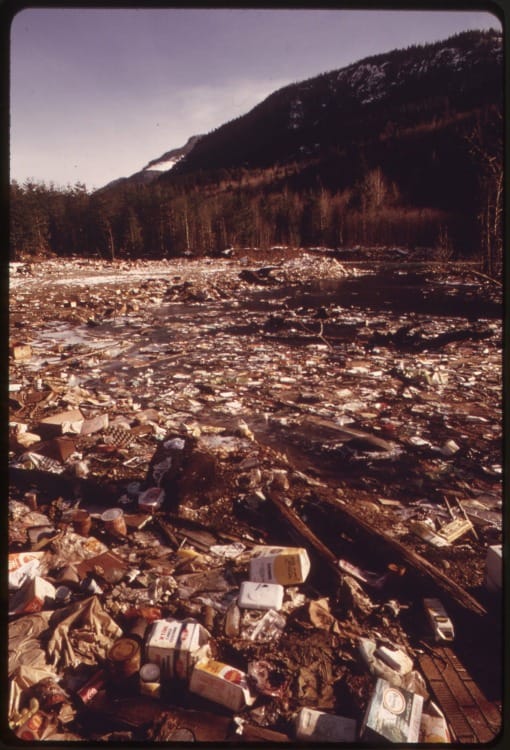
No one could dispute the ugliness of the scene above. Milk cartons, coffee cans, and all manner of trash floating in the river and piling up on the banks. The mountain in the background with patches of snow suggests this polluted mess sat within a larger environment that held beauty. But who could overlook the trash?
Taken shortly before I was born, this photograph shows the Skagit River whose course I can see from my house. It’s much cleaner today. This winter, while on a run beside it, I saw a seal. This improvement is worth noting; we need to understand why things get better. This requires history.
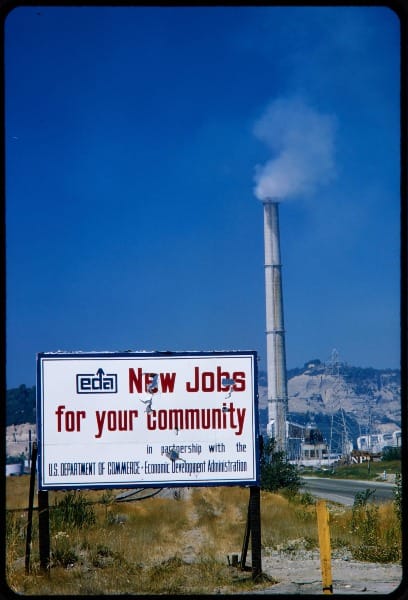
Where to Begin?
This week I planned to write about the Environmental Protection Agency (EPA), but I couldn’t decide where to begin.
Should I start with the latest relevant news? As I was revising this essay, the US Supreme Court decided that the EPA did not hold the power limit how much raw sewage San Francisco could release into the bay and ocean, a twisting of the plain language of "limitation" that Justice Amy Coney Barrett (and the three other women justices) dissented from. Coney Barrett used a line that, I think, is altogether too true these days: “The Court continues . . . with a theory largely of its own making.” That is, the majority of the Court is creating — in this case and many others — an alternative world of meaning. Alternative facts, you might say.
Should I start with the news from last week? The EPA Administrator announced his commitment to cutting the EPA by 65%. News stories were initially unclear whether the cuts were staff (as the president said) or overall funding (which is apparently the case). The agency’s Administrator said he did not want Congress to "send us tens of billions of dollars to spend this year." He also is likely to scrap a scientific finding that rising greenhouse gases are harming public health and welfare. Make America Polluted Again, I guess.
Or should I start in the 1980s? President Reagan’s appointee to head the EPA, Anne Gorsuch, cut the agency budget by a mere 22% while relaxing standards and enforcement. She was held in contempt of Congress for not sharing records that showed her withholding funds for a Superfund cleanup in California. She resigned, but her 15-year-old son told her she shouldn’t have, because she had done nothing wrong. Currently, he sits on the Supreme Court voting in favor of dumping sewage into San Francisco Bay.
I wanted to get closer to the beginning, though. And as a Northwesterner, I wanted to spend some time near home.

Nixon's Call for Environmental Protection
This earlier history is a study in contrast, which means it shines a light equally on that time and our own.
Because of recent developments and contrasts, Richard Nixon’s reputation has improved lately. But we should not forget that he was a corrupt politician, insecure person, and zealous partisan. However, Nixon understood that environmental issues concerned a growing number of Americans, so for political advantage he called for environmental protection. By the standards of 2025, Nixon sounds like a radical rather than a reactionary.
Nixon's 1970 State of the Union Address. Environmental section begins about 23 minutes in.
When he stood up in Congress for his 1970 State of the Union Address, Nixon devoted significant time to laying out an alternative to the environmental status quo.
Nixon said,
The great question of the seventies is, shall we surrender to our surroundings, or shall we make our peace with nature and begin to make reparations for the damage we have done to our air, to our land, and to our water? Restoring nature to its natural state is a cause beyond party and beyond factions. It has become a common cause of all the people of this country. It is a cause of particular concern to young Americans, because they more than we will reap the grim consequences of our failure to act on programs which are needed now if we are to prevent disaster later.
Nixon went on from there to outline a program to repay the debt owed to nature from decades of exploitation and harm. Primarily, Nixon targeted polluted air and water. (Given the latest news from the Supreme Court, it is somewhat ironic/tragic to note that the first specific program he mentioned was a $10 billion investment in municipal wastewater treatment.) For too long, he said, air and water were treated as common property "free to be abused by anyone without regard to the consequences." That era should end. Products should even include in their prices the costs of producing and disposing of them — something that we still don’t do. By the time he expected to leave office, the year of the nation’s bicentennial, Nixon envisioned the nation having "made great strides in stopping the pollution of our air, cleaning up our water, opening up our parks, continuing to explore in space."

By July, Nixon asked Congress to reorganize government and create an Environmental Protection Agency. The agency was meant to gather and integrate the existing federal programs that researched and regulated pollution. It went into effect December 1970.
Critics on one side say it has never been funded sufficiently to do its job; critics on the other side say it has stifled business and hurt progress in pollution control. Such is the nature of partisan arguments, perhaps, but proper judgment requires evidence.
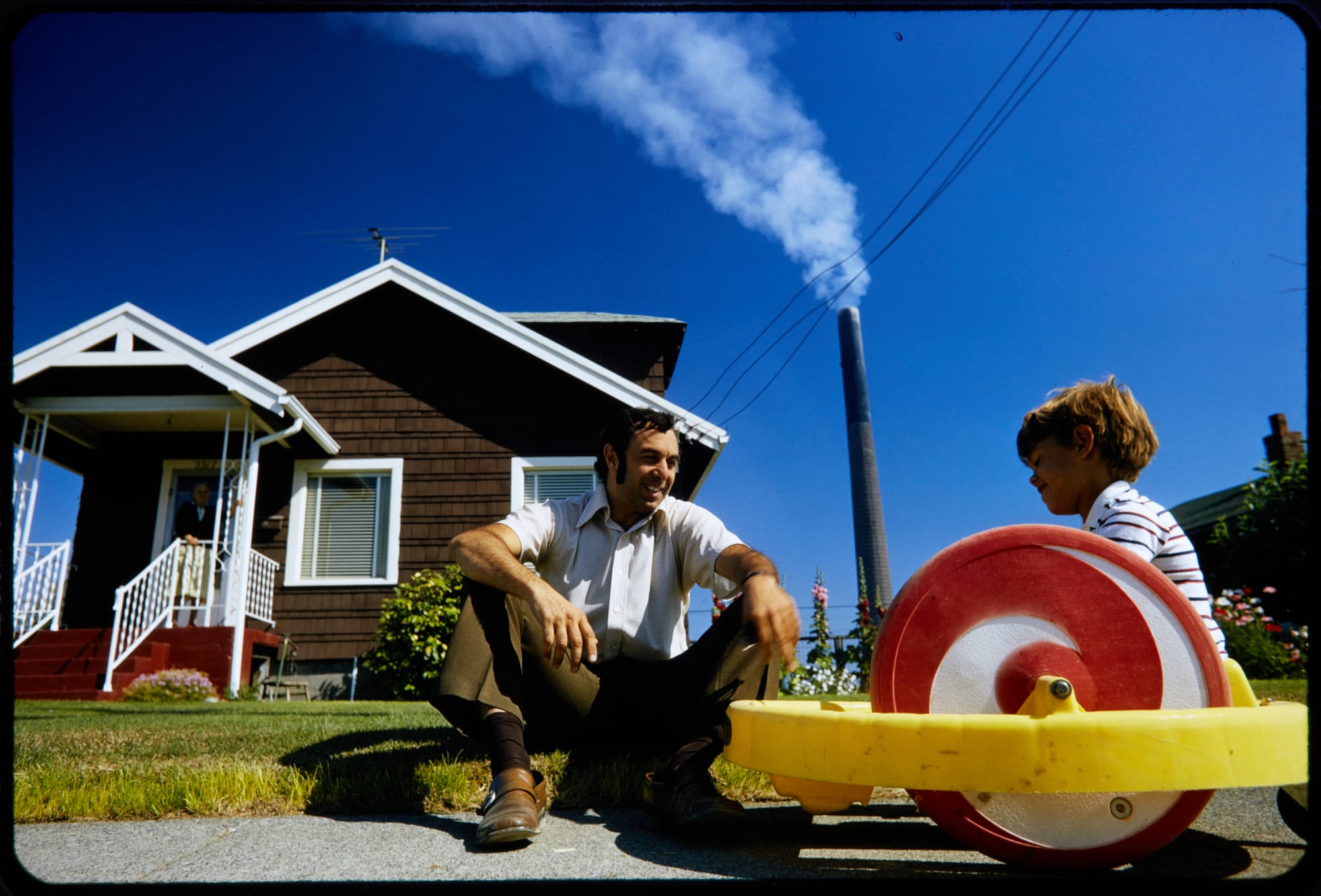
Ground Truthing with the Past
The EPA is a common bogeyman today. Environmental historian Nancy Langston (whose interview for paid subscriptions is here) has suggested that the EPA may have become "a victim of its own success — many people simply do not remember what life was like before." To help her students learn what life was like before, Langston has used a powerful resource the EPA created in its earliest years.
The EPA launched a documentary photograph project called DOCUMERICA. From 1971 to 1978, photographers captured more then 20,000 images showing the state of the nation’s environment. While some of the photos present pleasing views like traditional landscape paintings or photography, most of them document polluted water, clearcut forests, or dirty air.

DOCUMERICA photographers spread out across the nation about the time I was born. (You can sort photos by state here and by scene here, and I encourage you to explore them because they are fascinating.) The images are a grim reminder of the environmental costs of economic and urban growth half a century ago.
For those of us who are too young to remember, the DOCUMERICA photos can be jarring but helpful. Looking at history squarely and honestly is essential for citizenship, which makes it a challenge to live in a nation that does not take history seriously.
These photos can help ground us in reality more than ideology. They can mark our progress and inspire more. Or we can ignore them and the facts they illustrate to return to a world where chemicals can be dumped haphazardly, where no one monitors harmful air pollution, and where we dismiss health in favor of convenience and profit.
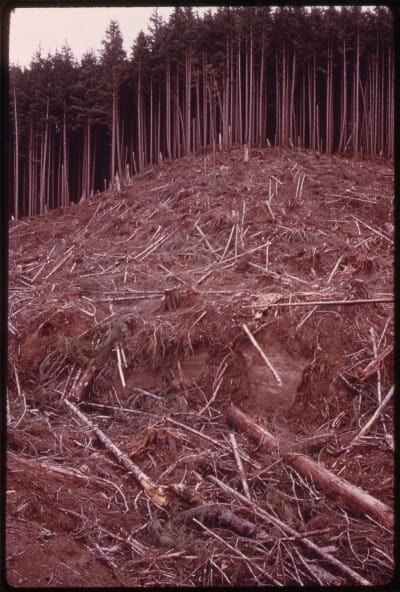
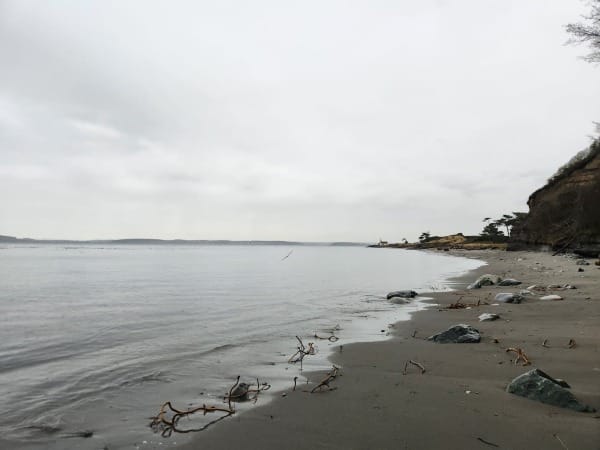

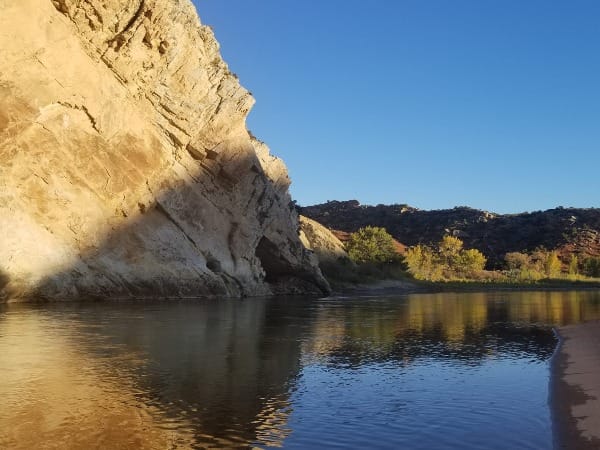
Comments ()